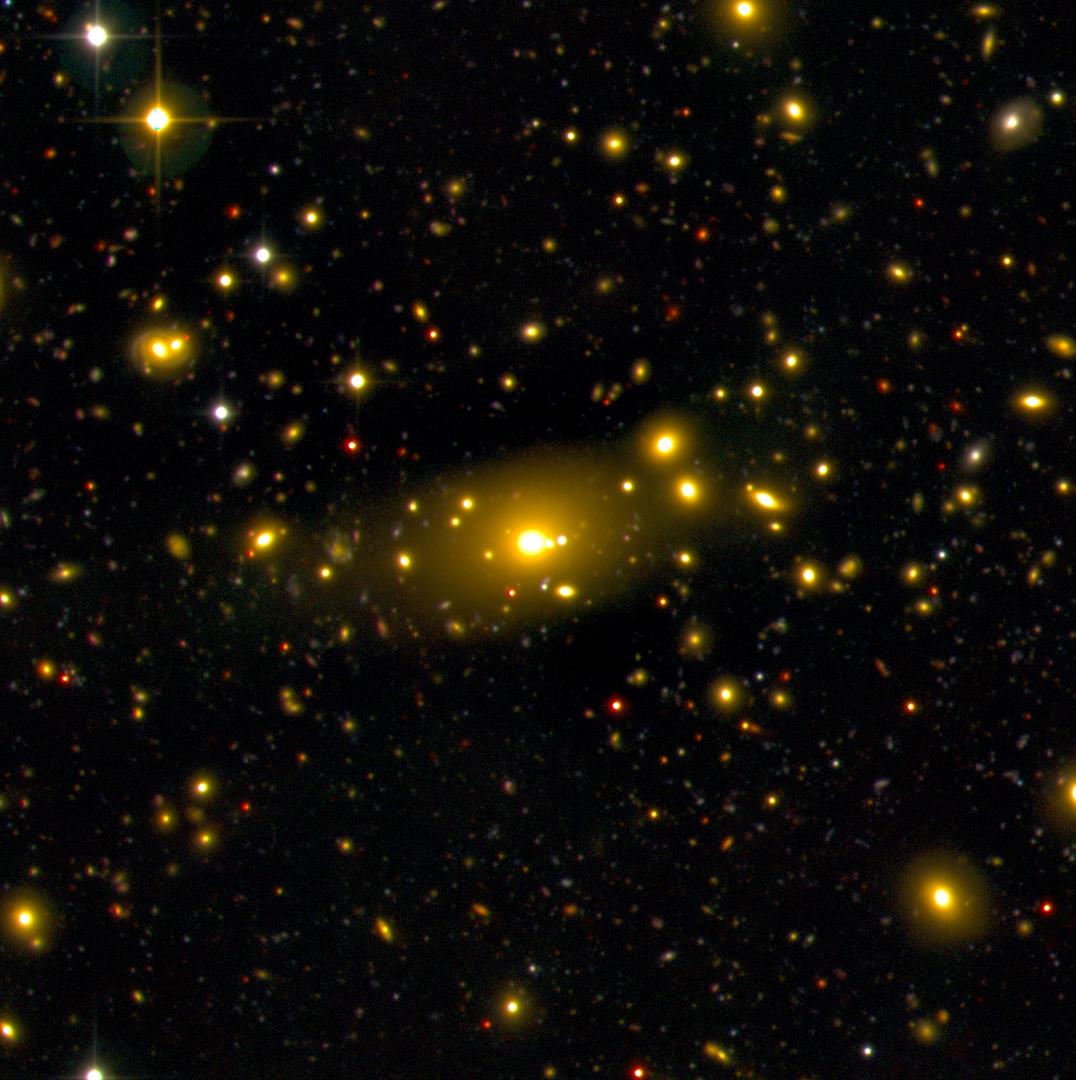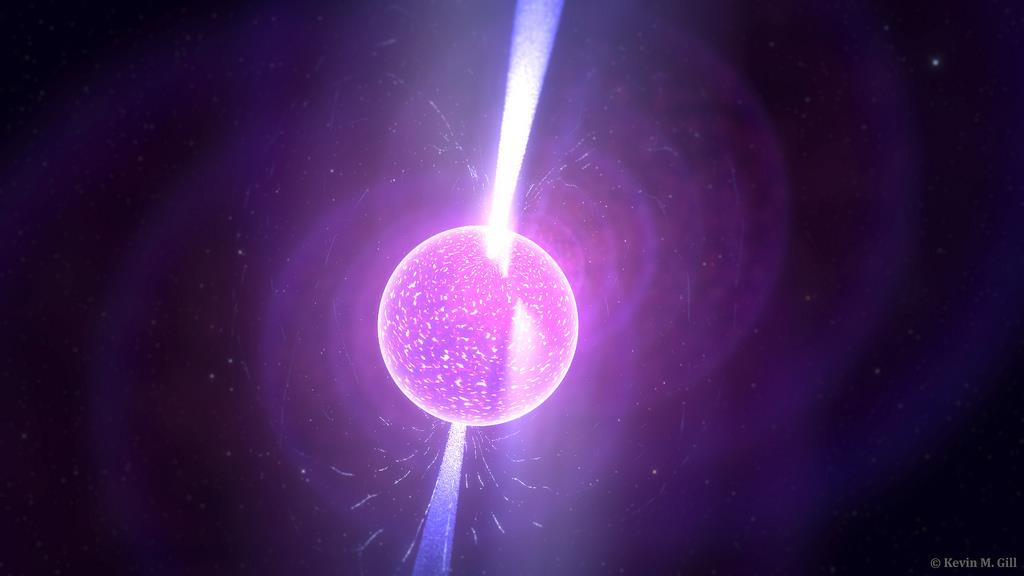Two New Research Projects from Astronomy Department Have Been Granted by TUBITAK
Sinan Aliş and Kai Schwenzer, faculty members of the Astronomy and Space Sciences Department, have been granted by the TUBITAK-1001 program.
Dr. Aliş and his research group's project is titled as "Evolution of Brightest Cluster Galaxies in the Optical and Near-Infrared Wavelengths". The group is aiming to investigate the evolution of brightest cluster galaxies (BCGs) in the optical (MegaCam; u,g,r,iz) and near-infrared (WIRCAM; Ks) wavelengths based on the data obtained from the Canada- France-Hawaii Telescope Legacy Survey (CFHTLS) W1 and W4 fields. Approximately 100 square degrees of survey fields will be examined where we will be investigating galaxies between 0.1 < z < 1.2 redshift range. There are roughly 3000 galaxy clusters were detected in the CFHTLS W1 and another 1000 of them are expected to be discovered in the W4. Therefore, in the project we propose nearly 4000 BCGs will be examined. Throughout the project 2 PhD and 1 MSc student will be supported with scholarships. A rough budget of the project is 283.000 TL. There will be a national workshop organized on the topic of determining redshifts of galaxies as the team also is involved with the Spectrum-Roentgen-Gamma collaboration follow-up program which will be carried out with the RTT150 telescope of the TUBITAK National Observatory.
Dr. Schwenzer and his group is aiming to investigate interior structure of millisecond pulsars. Their project's title is "Probing the Interior of Neutron Stars with Multi-Messenger Data".
Dr. Schwenzer and his group is planning to perform a thorough analysis based on r-mode gravitational wave asteroseismology to approach this goal. The latter probes the dynamic material properties, which can differ dramatically for the various forms of dense matter. To perform an unbiased search for novel phases of matter they will introduce a new classification scheme for the different material properties based on their generic dependence on various small parameters, like T/µ ≈ 0.0001, which will be obtained from a manifest power counting analysis. In order to put the strongest constraints on the amplitude of r-mode oscillations they will establish a database of X-ray observations of all the rapidly rotating millisecond pulsars that have been detected and will be detected throughout the project. Using archival and new X-ray observations of these pulsars they will obtain the most realistic measurements or bounds on the surface emission of these objects. Within the project budget which is 285.000 TL, 1 PhD and 2 MSc students will be supported.


